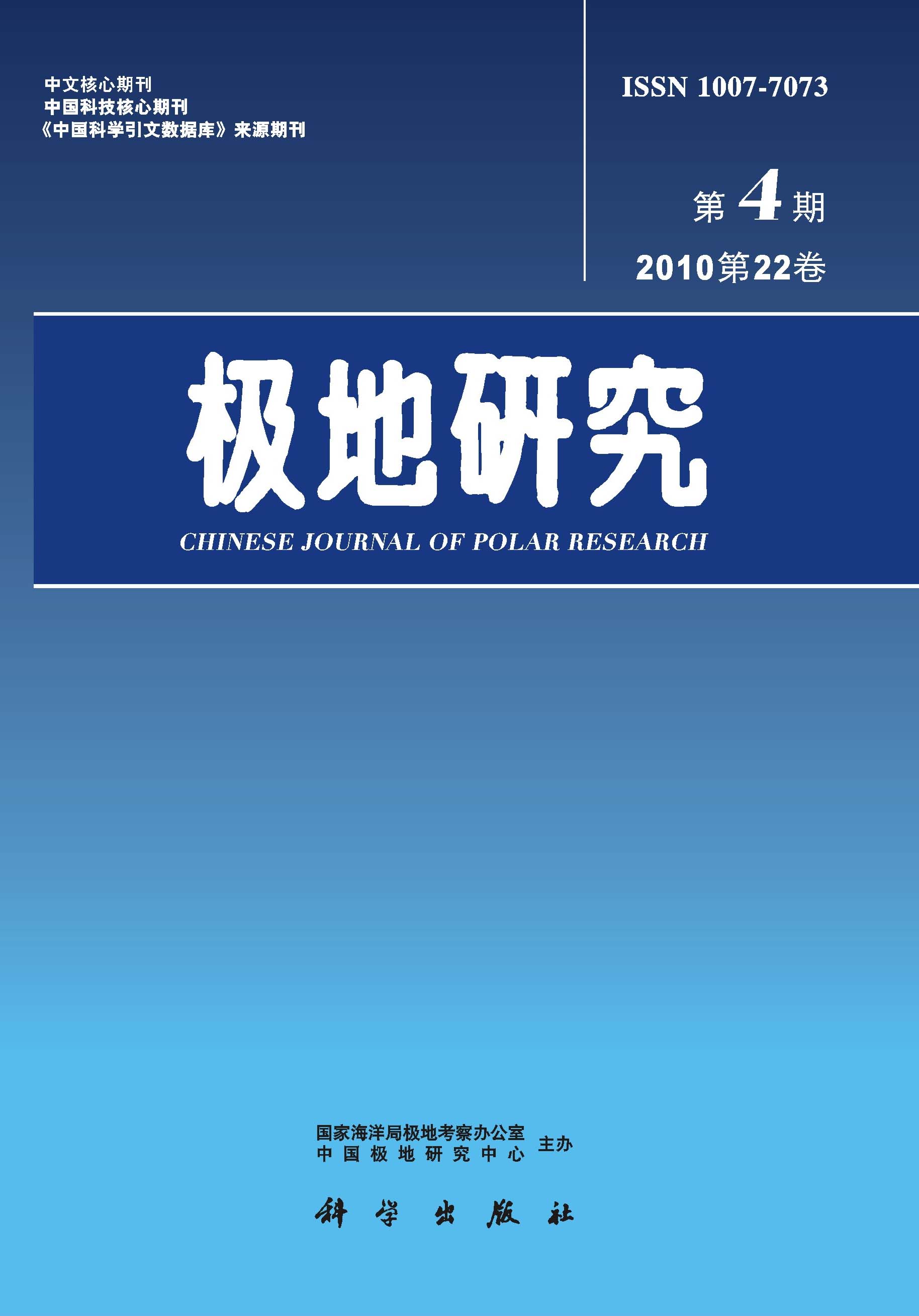he sample for palynostratigraphic investigation here described was collected by Zhou Tongshun and Ruan Hongnong et al. from the Point Hennequin of Admiralty Bay,King George Island,west Antarctica during the 1990-1991 Chinese expedition to Antarctica.The lithology with palyniferous fossils consists of thin intercalation of tuffaceous mudy siltstone,assigned to the upper part of Point Hennequin Group or Mount Wawel Formation.Although poorly preserved ,the palynoflora fossils are the first time to encounter within the sequence and are of significance to the determination of age for the rocks.The palynoflora fossil from the upper part of Point Hennequin Group includes more than 40 species. They are fungal spores (8%) Fractispronites sp.,Asterina sp.,Multicellaesporites sp. and Trihyphaecites sp.; pteridophyte spores(45%) Cyathidites minor Couper, Extrapunctatospris sp.,Foveasporis cf. arepunctatis Stuchlik,Gleicheniidites sp.,Laevigatosprites sp., Leiotriletes sp.,Polypodiisporites favus (Pot.)and Retitriletes cf.austroclavatidites (Cookson),etc; gymmspoermous pollen (42%) Trisaccites microsaccatum (Couper),Dacrycarpites australiensis Cooksen et Pike, Microcachydites antarctcus Cookson,Phyllocladidites mawsonii Cookson et Couper,and Podocarpidites marwickii Couper,etc.;angiospermous pollen (5%) Nothofagitites cf.flaemingii (Couper),N. cf. saraensis Menendez et Caccavari and N.spp.,etc. The characteristic of the present palynoflora from the Point Hennequin Group is obviously different from those examinated from the marine Cretaceous in the James Ross Island and the Late CretaceousPalaeocene from the Seymour Island,both two located in Antarctic Peninsula,also different from that found in the Late Cretaceous Half Three Point Formation of Fildes Peninsula,King George Island.However,some of the genus and species here identified are more or less similar to those found from the Ezcurra Inlet Group and Fossil Hill Formation in King George Island.However,there are also existing certain differences in assemblage components among the three places..It is worth pointing out for the present palynoflora fossils that the occurrences of the pollen N.cf.saraensis,originally found from the Oligocene series in Argentina; the N. cf.flemingii from the MidLate Eocene series in the New Zealand and also popular from the Oligocene rocks show significant age determination.Furthermore,in the present assemblage it absents the Proteacidites spp,an index fossil often occurring in the Late CretaceousEocene rocks in South Hemisphere and Antarctic Peninsula.They also encounted in Fossil Hill Formation and Ezcurra Inlet Formation.It is most likely that the palyniferous upper part of Point Hennequin Group,i.e. the Mount Wawel Formation belongs to the Oligocene age,not as it was assigned to the Miocene or Late Oligocene. The principal components of the palynoflora from the Point Hennequin Group demonstrate the Late Paleogene terristral plants in Gondwana continent,assigned to the Weddellian biogeographyical area. It is evidently supported by the existence of index member Nothofagidites. The characteristics of the palynoflora fossils reflected the vegetation community growing in a limnetic zone near mediumlower mountain environment,with warm and humid climate.

